Organizational Revolution
This session takes place in the context of the country entering a new era - the era of national development; the requirement to transform from a multi-layered management apparatus to a streamlined, effective and efficient one adapting to the three pillars of "Digital Government , Digital Enterprise and Digital Citizen" requires officials and civil servants to improve their public administration capacity.
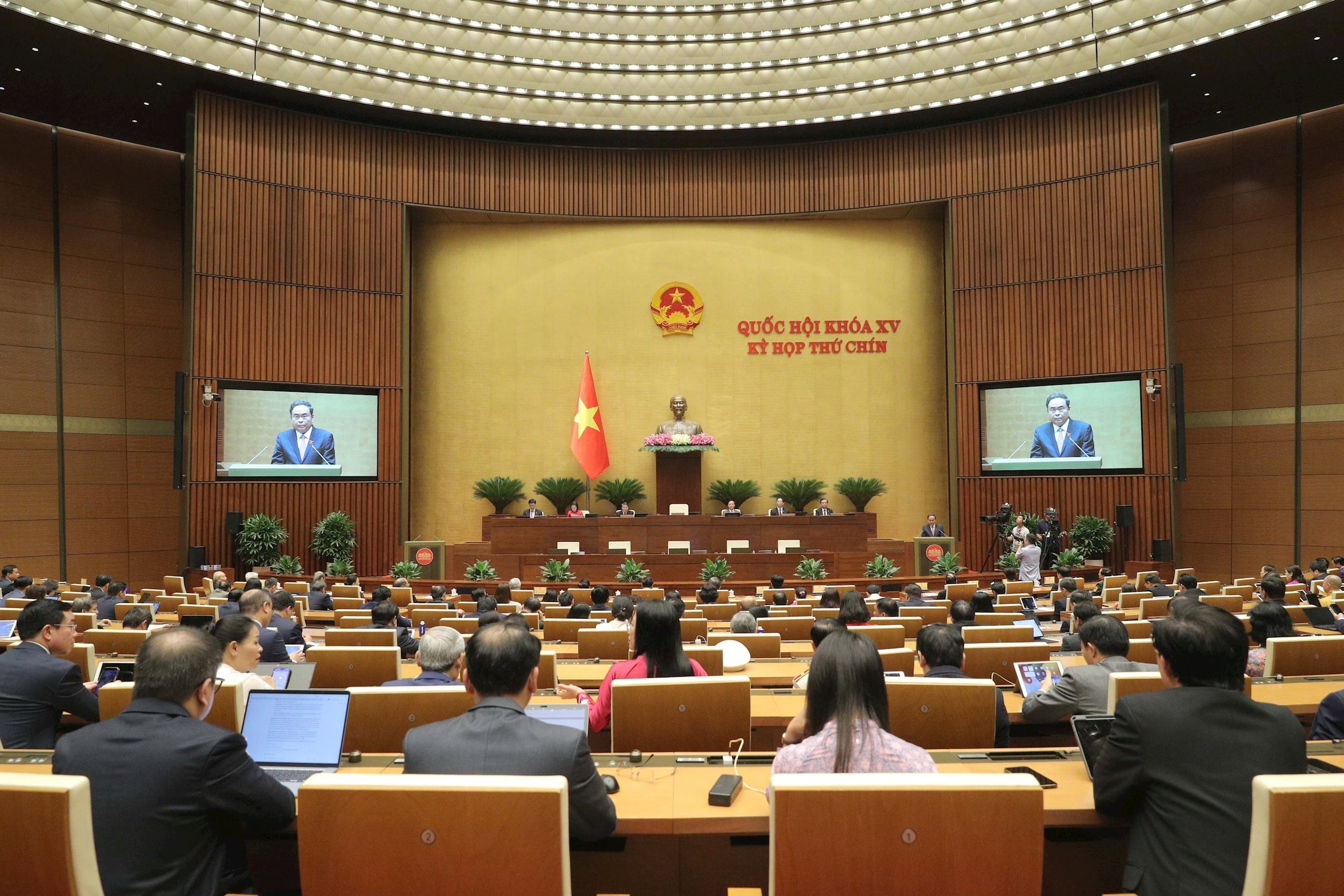
Closing scene of the 9th Session, 15th National Assembly . Photo: Ho Long
After 35 days of agenda, discussion, heated debate and decision-making, the National Assembly has demonstrated the mettle of the highest state power agency: listening to voters' wishes, reviewing work reports, supervising and deciding on important issues of the country.
In particular, the National Assembly passed a Resolution amending and supplementing a number of articles of the 2013 Constitution. The Resolution is the crystallization of the wisdom of the entire Party, people and army, with more than 280.2 million comments; soliciting public opinions on amending and supplementing a number of articles of the 2013 Constitution has truly become a democratic and extensive political activity.
By passing this Resolution, the National Assembly has created a solid legal foundation for the organization and operation of local governments according to the two-level model, which was organized for the first time in Vietnam, when it stipulates: "Administrative units of the Socialist Republic of Vietnam are organized into two levels, including provinces and centrally run cities and administrative units below provinces and centrally run cities as prescribed by law". This is also the beginning of a profound institutional reform, demonstrating revolutionary innovation in the organization of the political system and national governance, and is the constitutional basis for the successful implementation of the Party and State's policy on streamlining the organization and apparatus of the political system. Thereby, creating the foundation for building a prosperous and developed Vietnam!
Along with that, the National Assembly passed the Law on Organization of Local Government (amended), ensuring the principle of delimiting authority, in accordance with tasks and powers. The spirit of "one task - one focal point - one responsible agency" permeates each article of the law. The Law also supplements the monitoring, evaluation and supervision mechanism to promptly adjust the contents of decentralization and delegation; empowers the Chairman of the Provincial People's Committee to directly direct and manage the settlement of issues within the tasks and powers of specialized agencies, other administrative organizations under his/her level and of the People's Committee, Chairman of the People's Committee at the commune level, not allowing the settlement of work and administrative procedures for people and businesses to be delayed, congested, ineffective...
In the initial stages of operating the two-tier local government model, it is inevitable that there will be problems and difficulties. These include capacity gaps when a number of staff have not yet been able to upgrade their skills to meet management requirements, especially the ability to manage based on real-time data and make decisions based on digital evidence; technological delays, digital infrastructure gaps, and data connectivity can affect the quality and efficiency of online public services; these need to be identified and addressed to ensure that the apparatus operates smoothly according to the set plan.
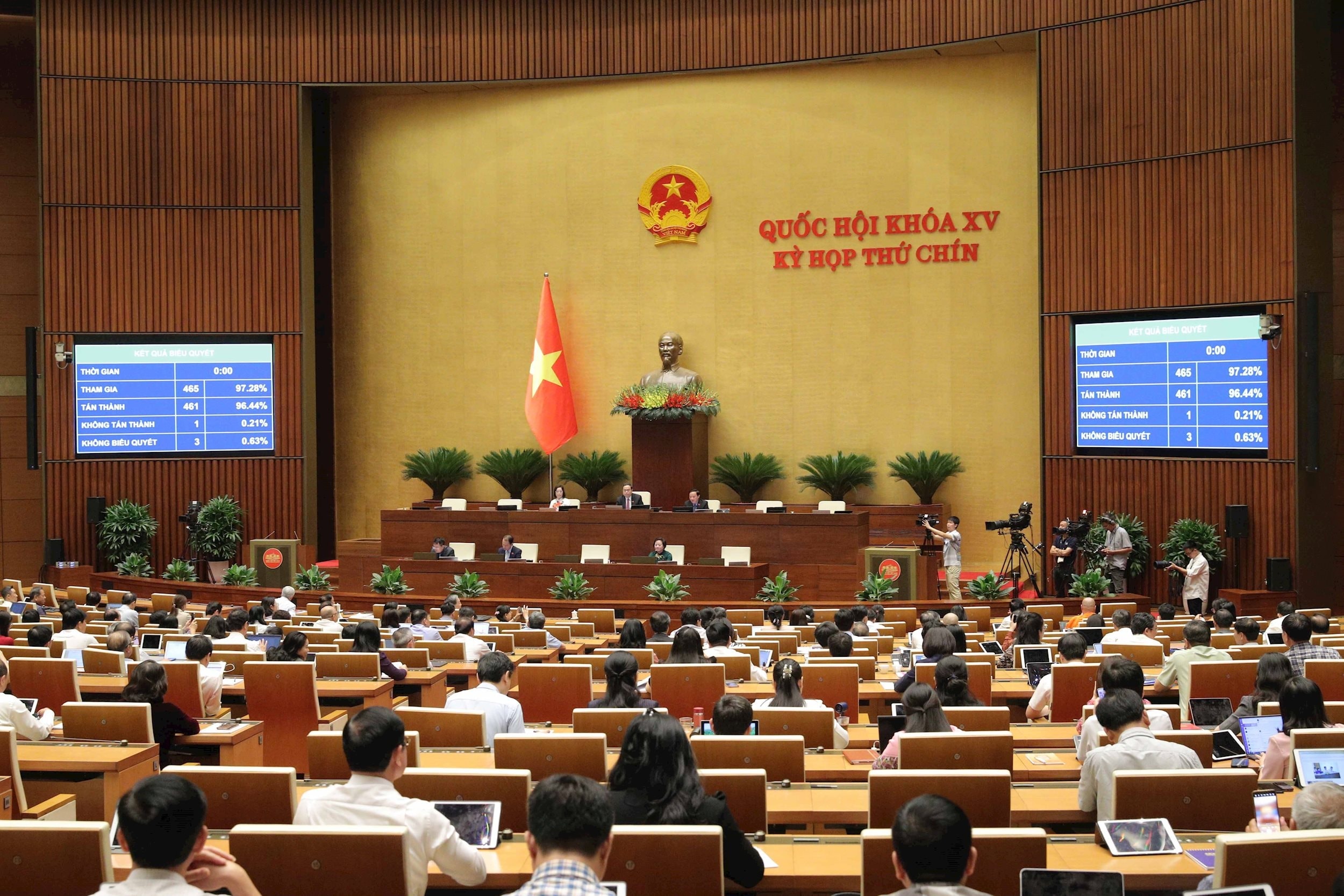
The National Assembly voted to pass a Resolution on the arrangement of provincial-level administrative units in 2025. Photo: Ho Long
Creating new development space
The key historical highlight was the National Assembly's passing of the Resolution on the arrangement of provincial-level administrative units; accordingly, the number of provincial-level administrative units in our country was reduced from 63 to 34; this is not only the work of arranging boundaries, but also the vision of "creating development space".
The reconstruction of administrative space is expected to attract and effectively use development resources. When the average population of each province reaches 3.4 million people, the scattered infrastructure and services will be gathered at the coordination center, reducing fragmentation and increasing scale advantages. The Northern Economic Belt will revolve around the new Hai Phong port city, shaping the industrial - seaport corridor connecting Hanoi with the Gulf of Tonkin; in the Southeast, the "South Saigon Metropolis" connects Cai Mep Port - Long Thanh Airport - Thu Duc High-Tech Park, creating new momentum for the logistics - industrial - urban triangle. The special role of the new Ho Chi Minh City megacity, where the local revenue of the three current administrative units of Ho Chi Minh City, Binh Duong and Ba Ria - Vung Tau accounts for about 1/3 of the national budget. In the Mekong Delta, Can Tho - Tay Do - a city along the Hau River strengthens its role as a regional core, raising the delta's position in the global agricultural value chain.
A streamlined administrative map also means a streamlined power structure, with tens of thousands of management points cut. A synchronized digital platform will help digital government “run smoothly” on the national data highway.
The Ninth Session officially closed after 35 days of serious, democratic, and highly responsible work. The "drumbeat of command" resounded in Dien Hong Hall, immediately shaking up the national administrative apparatus; provinces and cities urgently reviewed integrated planning and restructured infrastructure according to new boundaries; ministries and branches urgently completed guiding decrees and built a unified national data warehouse; businesses and people proactively updated their electronic identification, and transferred production and business processes to the digital environment.
The new apparatus officially “launched” on July 1. This urgency is the beginning of a long journey to build a lean, effective and friendly nation. From the Northwest highlands to the Southern Delta, “one-stop, no-wait” administrative centers were opened simultaneously; digital infrastructure coverage; new confidence spread as “paperwork” procedures shrank, unofficial costs decreased, and development gateways expanded.
The session ended with historic decisions and countless budding opportunities; that is the historical mark left by the Ninth Session of the 15th National Assembly - a symbol of reformist spirit, aspiration for prosperity and commitment to serving the people to the end!
Source: https://daibieunhandan.vn/dau-an-dac-biet-cua-ky-hop-lich-su-10378509.html




![[Photo] General Secretary To Lam attends the 80th Anniversary of the Cultural Sector's Traditional Day](https://vphoto.vietnam.vn/thumb/1200x675/vietnam/resource/IMAGE/2025/8/23/7a88e6b58502490aa153adf8f0eec2b2)
![[Photo] Prime Minister Pham Minh Chinh chairs the meeting of the Government Party Committee Standing Committee](https://vphoto.vietnam.vn/thumb/1200x675/vietnam/resource/IMAGE/2025/8/23/8e94aa3d26424d1ab1528c3e4bbacc45)



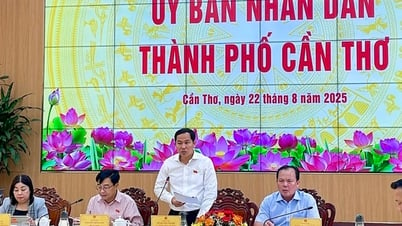

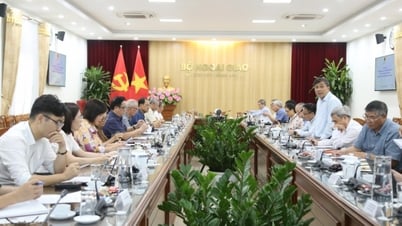







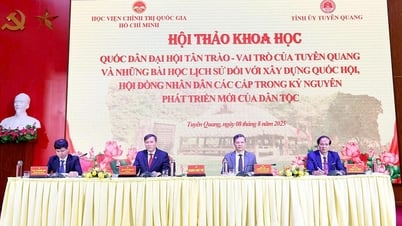

















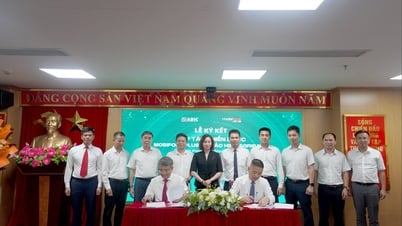

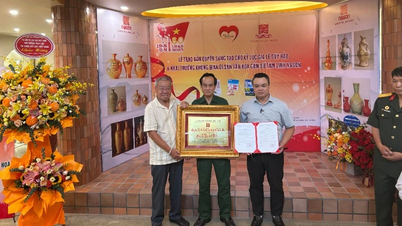




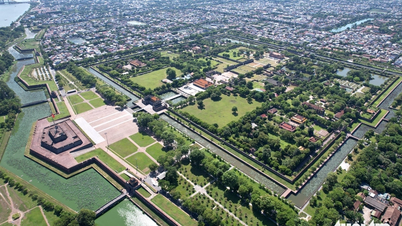












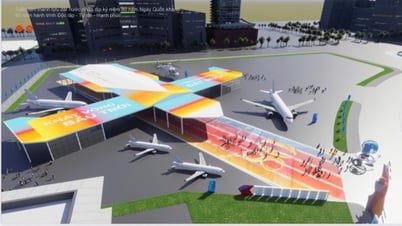


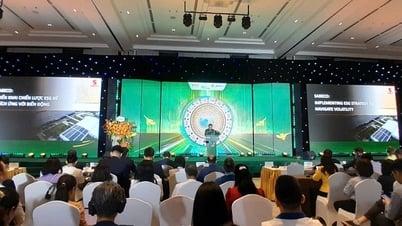




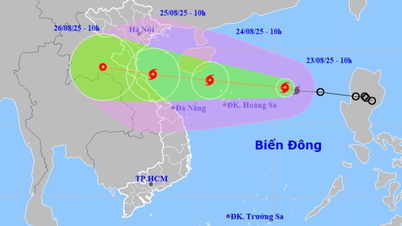






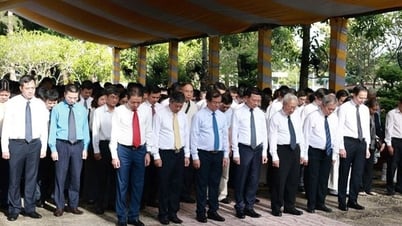



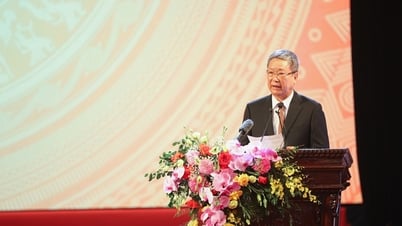












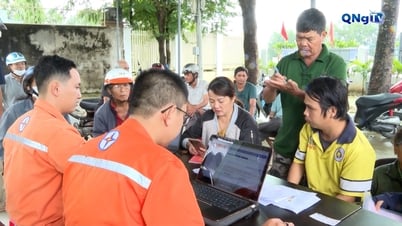














Comment (0)